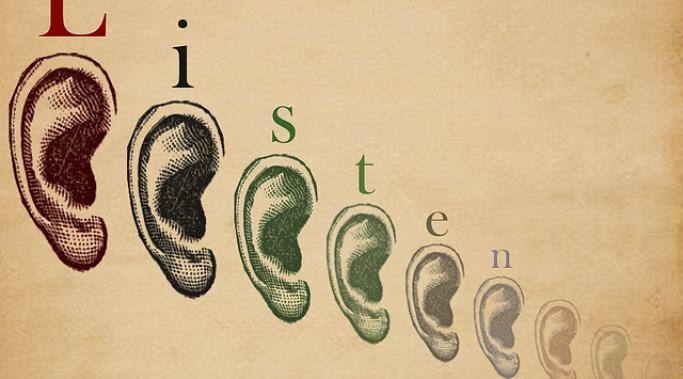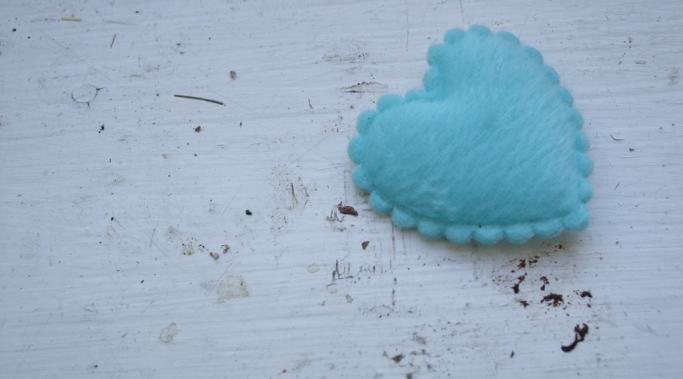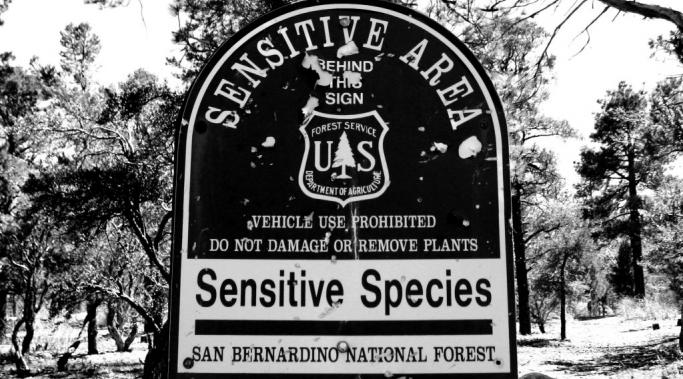Yesterday was a big day for me and my son. He started middle school. I received a painful reminder that I'd be a better mother if I didn't have Dissociative Identity Disorder and the unique memory problems that go with it.
Dissociative Living
Dissociative Identity Disorder can leave you feeling like much of your life is out of your hands, subject to the varying agendas of your alters. Last week, in the comments to my post Love and DID: Sometimes More is Less, reader Dana offered an insightful perspective on the potential payoffs of greater system awareness and communication:
The decision to disclose your dissociative identity disorder (DID) is a deeply personal one. Many, perhaps most, people with DID live in near silence about their disorder. They may tell only their family or no one at all. Some choose to share their dissociative identity disorder diagnosis not just with family but also friends. I belong to a smaller group of people who publicly say, "I have DID." What's comfortable for you may be unhealthy for someone else, and vice versa. With that in mind, what I offer you today isn't advice on whether or not to reveal your DID diagnosis, but a short list of DOs and DON'Ts - things to keep in mind when considering disclosure.
Living with Dissociative Identity Disorder is, among other things, lonely. I often feel like I'm watching my life as it's lived by braver or more competent others. A situation presents itself and, without conscious choice, the deck that is my system of alters begins to shuffle. Some force outside my control determines, almost instantaneously, the card best suited for the circumstances; and the card plays until the shuffling begins again. On one hand, this identity alteration is precisely what has allowed me to find employment, make friends, and parent a child. On the other, it's what separates me from the world and makes intimacy an illusion that only rarely becomes my reality.
As a little girl, I loved going to bed at night. Alone under the covers, the room dark and quiet, I went away. I wasn't asleep, though I drifted off eventually. I was just gone. It was the most glorious relief. It was my secret trick, this disappearing act. I didn't know then that it's name is dissociation, or that it took many forms and existed to meet my needs. I called it "thinking." Even today, when someone brings me back from another place with a question or comment I often reply, "Oh sorry, I was just thinking." Even today, my ability to disappear is my greatest comfort. And it was born of an enormous need. This unmet need for comfort, The Comfort Factor, is one of the reasons I have Dissociative Identity Disorder.
Dissociative identity disorder (DID) is a trauma disorder usually caused by childhood abuse, but we don't often talk about the age factor in the development of DID. I struggled for a number of reasons to accept my DID diagnosis, not the least of which is the hyperfocus on trauma (to the near total exclusion of all other developmental causes of DID) in popular understanding of DID. I couldn't make sense of the fact that I knew people who survived truly horrific circumstances and didn't have DID. Now I know that although trauma is the key ingredient, without which DID - it would seem - simply doesn't manifest, it isn't the only ingredient.
Today, I'm pausing my discussion of the contributing factors in the development of Dissociative Identity Disorder to talk about Dissociative Identity Disorder and relationships. Navigating relationships may be the single biggest challenge I encounter living with DID. I see the havoc my disorder wreaks on my most intimate relationships and I feel helpless to do anything about it. I watch my partner in particular struggle with abandonment, loneliness, and the chaotic nature of DID and I know that more personalities doesn't always mean more love.
Monday's blog focused on the role physiological and psychological sensitivity played for me in developing dissociative identity disorder. Today we tackle denial. The second of my four categories of causation, The Denial Factor, postulates that the chronic refusal to acknowledge trauma has a direct dissociative effect on the malleable identity of a child. I believe that for me and countless others, denial was a harbinger of dissociative amnesia and a potent force in the journey from trauma to DID.
On Thursday, I discussed trauma, a contributing factor in the development of Dissociative Identity Disorder, and how assumptions about the severity of that trauma initially scared me into rejecting my DID diagnosis. But through research, meaningful dialogue, and no small amount of rumination, I more clearly understand now why I have DID. I identify four categories of causation, the first of which I call The Sensitivity Factor. Having come into this world a highly sensitive being, traumatic stress can easily surpass my tolerance threshold. Subjected repeatedly to situations that overwhelmed my capacity to cope, dissociation became my only escape.
One of the obstacles I encountered in coming to terms with my dissociative identity disorder (DID) diagnosis was the idea that DID is by and large caused by horrendous abuse. Because DID and unimaginable trauma were intrinsically linked in my mind, I thought accepting my diagnosis required believing that I had suffered inconceivable horrors, repressed memories of child abuse that were lurking somewhere in the recesses of my dissociative mind. I didn't want to believe that, so I rejected the diagnosis altogether. I wish I'd known that tolerating ambiguity is part of dissociative living, and that it's possible to reconcile yourself to having DID without making assumptions about your history.









